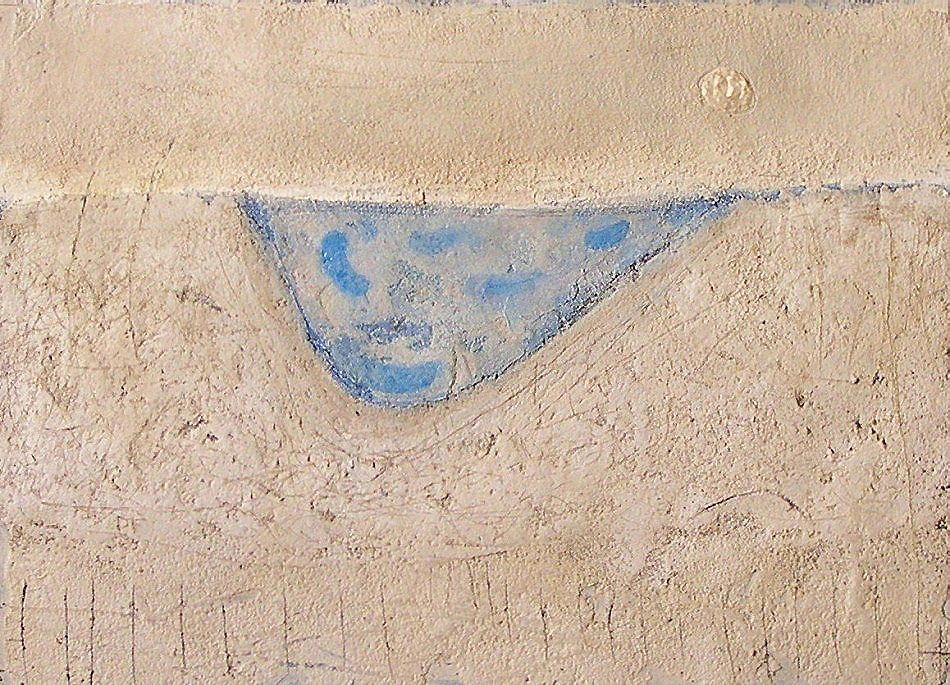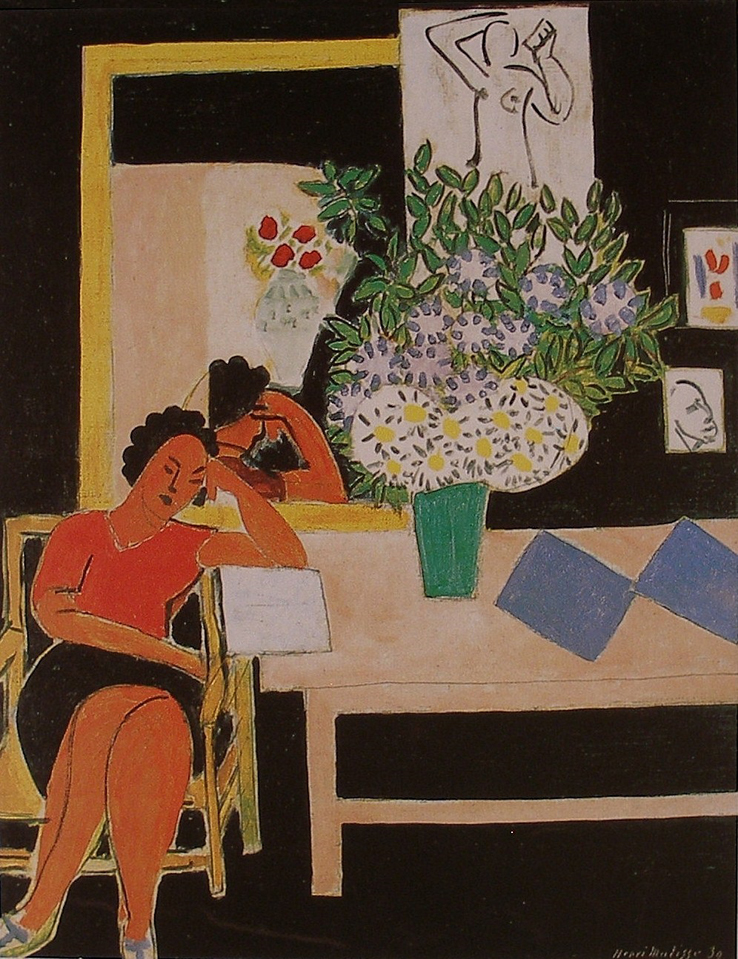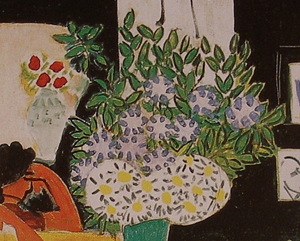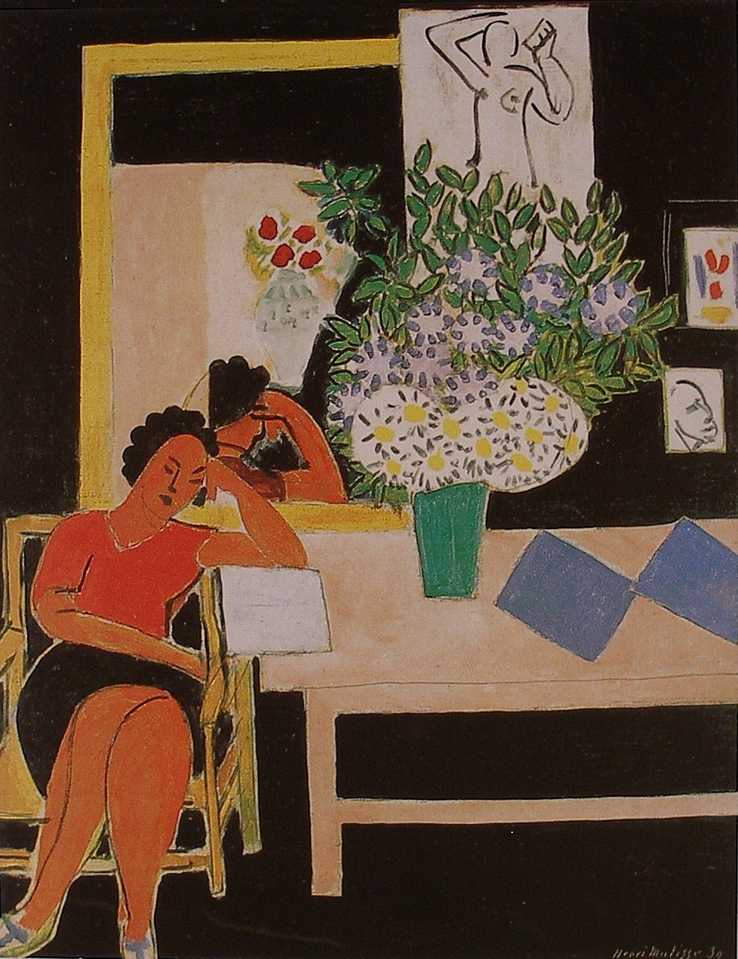One of the most interesting aspects of painting is refining a composition. I do this by working with shapes and markings which lead to unanticipated considerations.
This approach suits my temperament and I have come to trust my instincts through study. We need a base of knowledge for growth and I feel connecting with the modern masters a great way to develop.
The subject matter of the painting “Tide” was not anticipated when I started this painting. I began with a horizontal line and what I like to term a “loop” as I quite often do. I never tire of using shapes I have a deep connections with, as they lead me onward, something I learned from Morandi.
As I was marking the painting in search of structure and rhythmic movement, I found myself introducing a wash of blue within the loop. This is when the rhythmic movement happened. I energized the blue wash with an arrangement of smaller loops, then introduced a circle above the horizontal line. This immediately provided a sense of place, which I interpreted as a tidal pool.
To provide containment for the composition I introduced two slightly curved vertical lines at the left, as well as subtle horizontal lines across the top, to guide our perusal towards the circle. The vertical line at the right also holds us within the painting. I then scratched a series of vertical lines across the bottom to complete the subtle containment. Can you feel how your eye stays within the painting? This wasn’t done in one step as I removed and remarked the elements a number of times until it felt right. I enjoy this phase very much.
The same went for the smaller blue loops. I adjusted their placement and strengths until I said “yes”, being patient with myself.
I should mention the vertical markings on the circle as it may seem odd if your thinking of the sun or moon. They are there to relate to the verticals across the bottom of the painting. This is a good example of what I like to term, “composition before information”.
Finally I marked in another (inverted) loop below and to the right of the large loop for rhythmic support. Can you feel the relationship and its importance? I didn’t adjust it and I’m very pleased with its placement.




